
In former times, the production volume of Aral salt reached 600.000 tons annually. This amount was enough to provide all the 15 republics of the Soviet Union. Now it’s only 250.000 tons which are sold exclusively on the domestic market. Times have changed and even salt has become different…
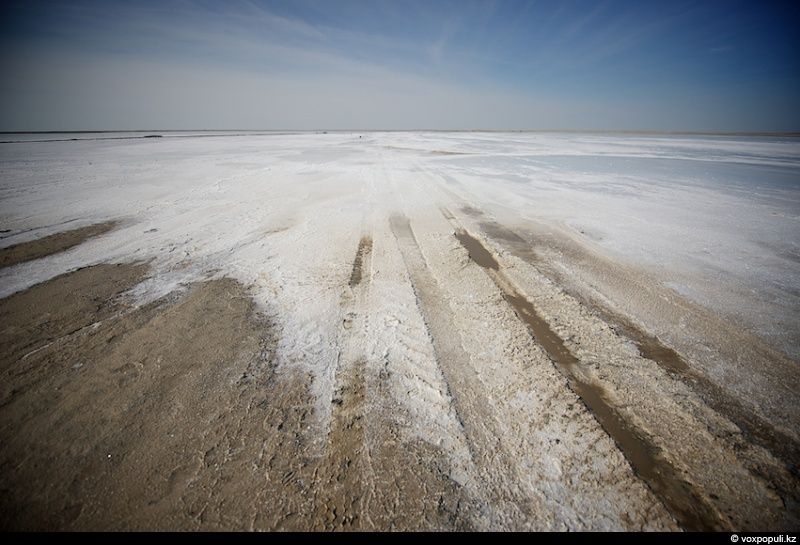
The reserves of salt in the southern basin contain 11 million tons. It’ll be enough for another 40-50 years. The lake needs about 35-45 years to completely restock itself.

Salt is formed after the evaporation of highly concentrated salt brine.
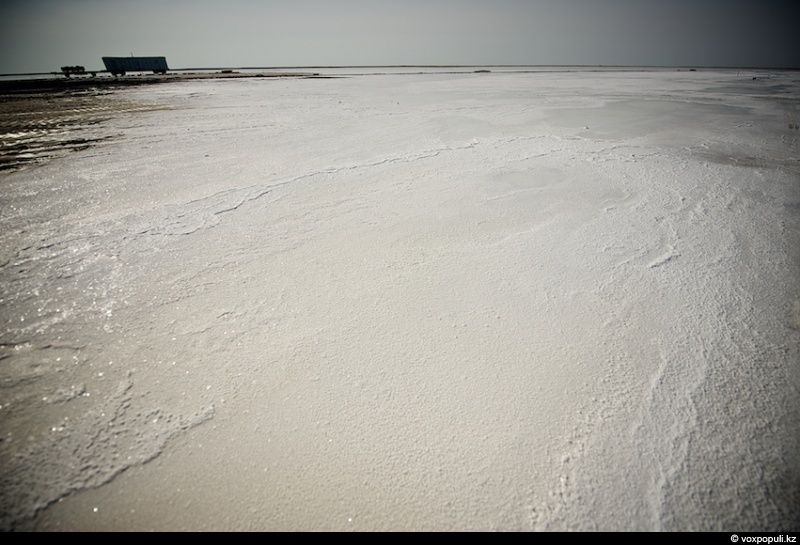
The thickness of the salt layer is about 1.5 meters. Its extraction is held every two years: from May to November.
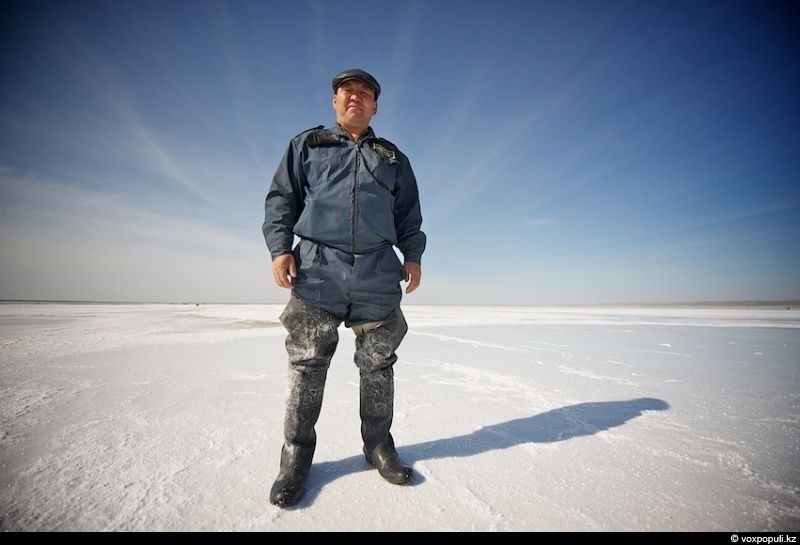
In six months, rubber boots are so corroded by salt, that they have to be changed. About 100 workers are involved into salt production, transportation and unloading. In addition to them, about 700 people work at the Araltuz plant.
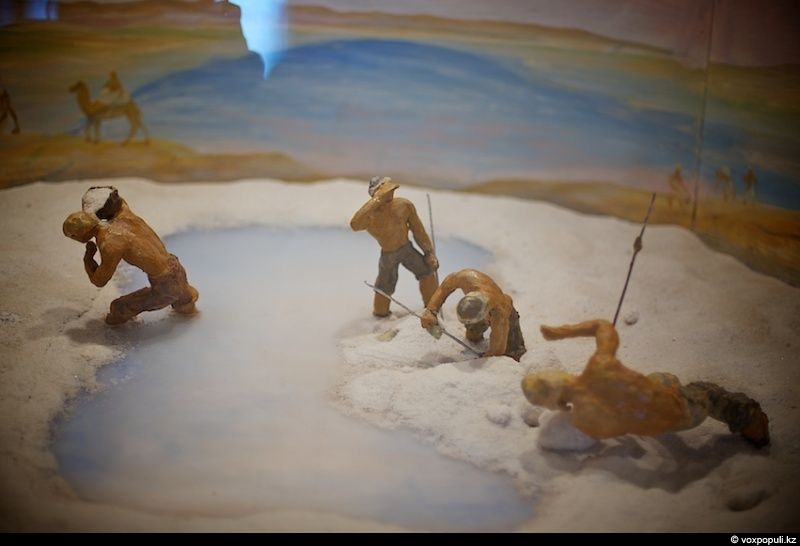
In the old days, people extracted salt manually, being in the concentrated salt water for hours.

The deposit is located 10 km from the village where live about 6.000 people. All of them strive for working at the plant. The average wage there is 30-35 thousand tenge (about $ 205-235).
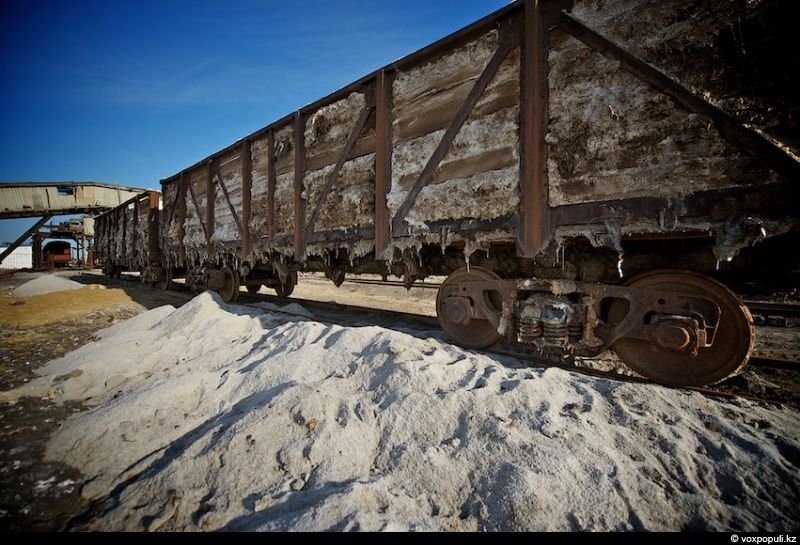
Once the salt is extracted, it is put into gondola cars and transported to the place where it’s stored for a while.
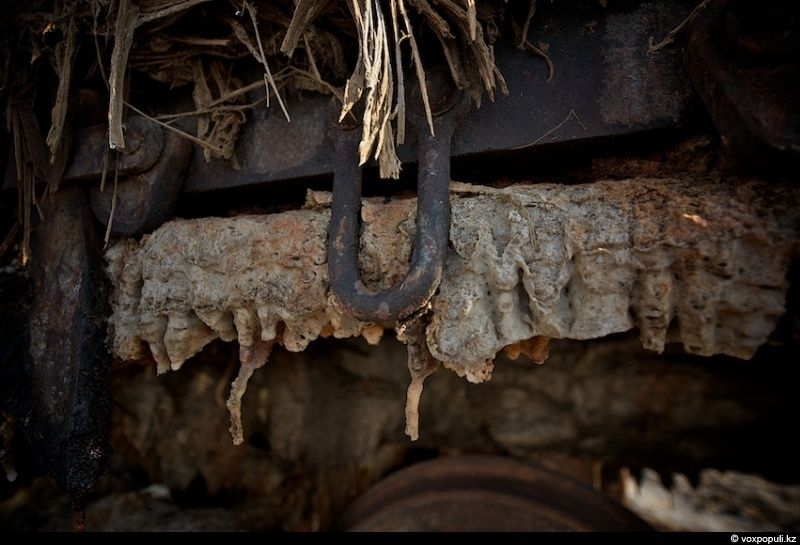
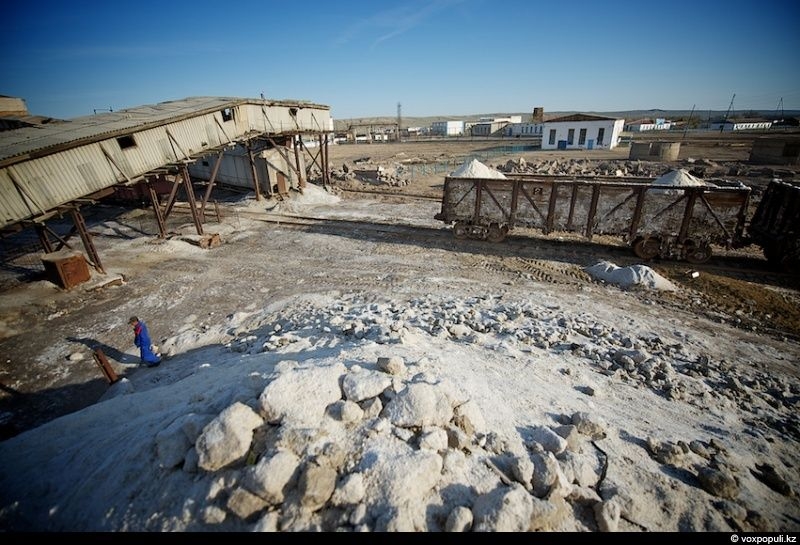
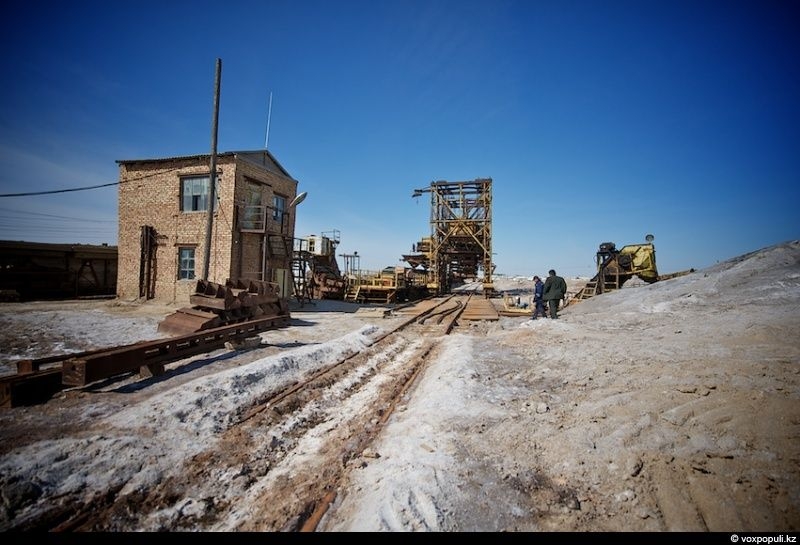

The height of the salt mountain reaches 25 meters.
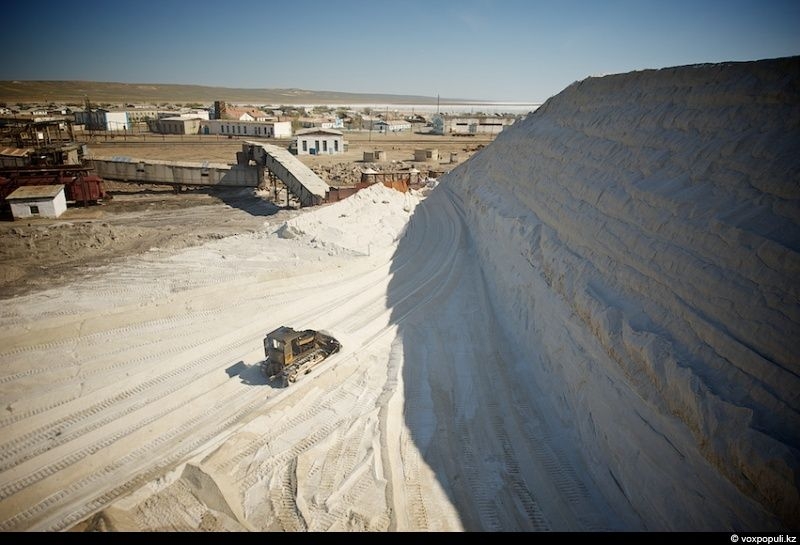
A bulldozer collects and piles salt.

Then it hardens, and one has to explode it with ammonites.
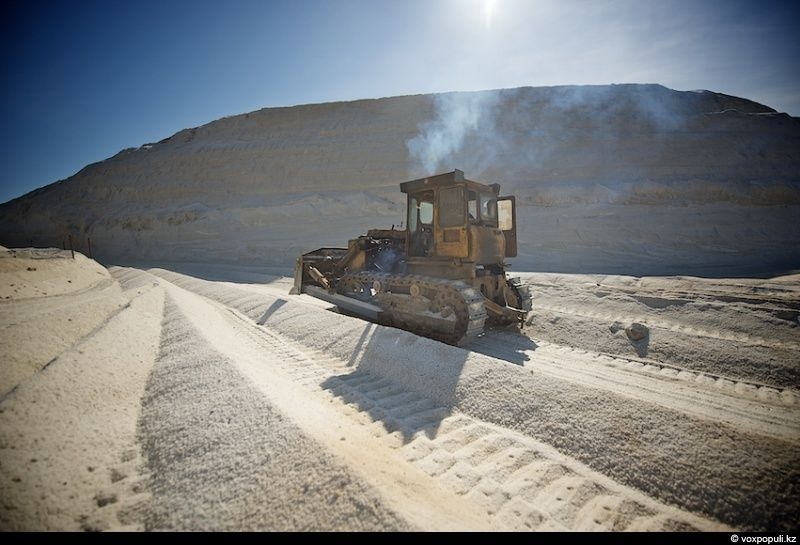
The raw salt from the hill goes to the receiving hopper for processing.
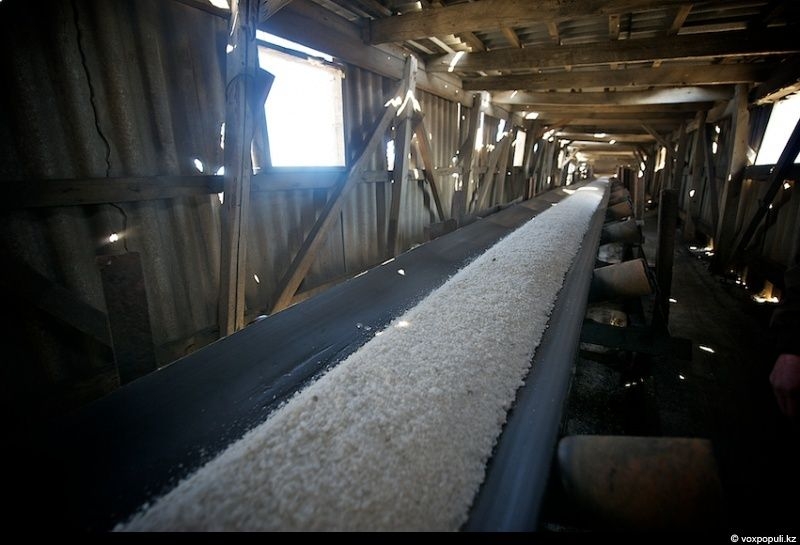
Then it heads for the shop of grinding and enrichment.

Grinding.

Here, salt holds the primary stage of enrichment.
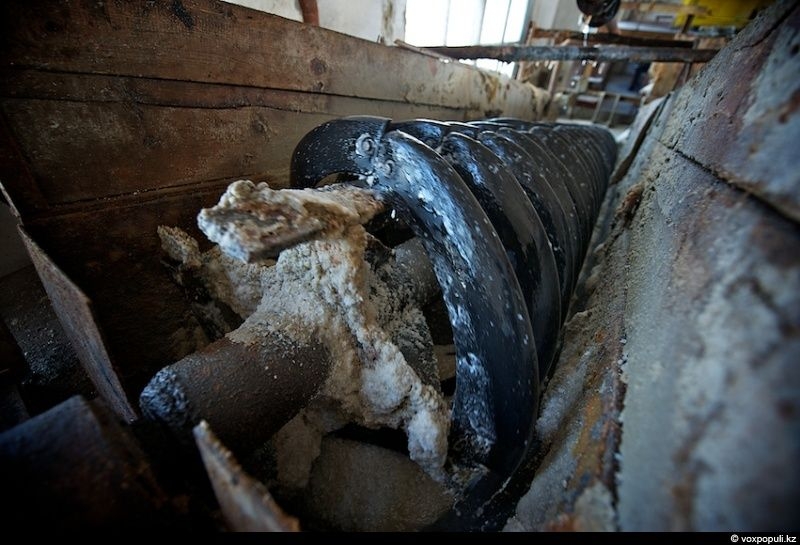
For this, lake brine (saturated salt solution) is added to it.
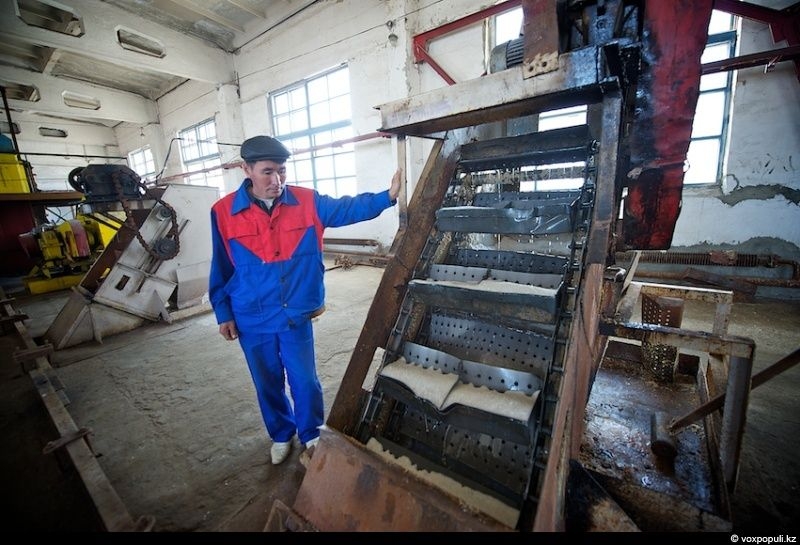
Then it goes to the dewatering elevator.
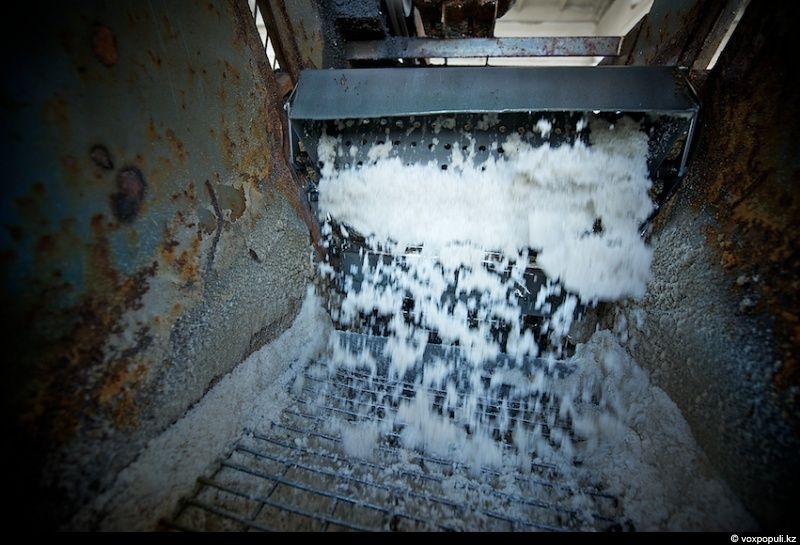

And only after that enriched salt goes to the drying room, where it’s dried by means of hot air.
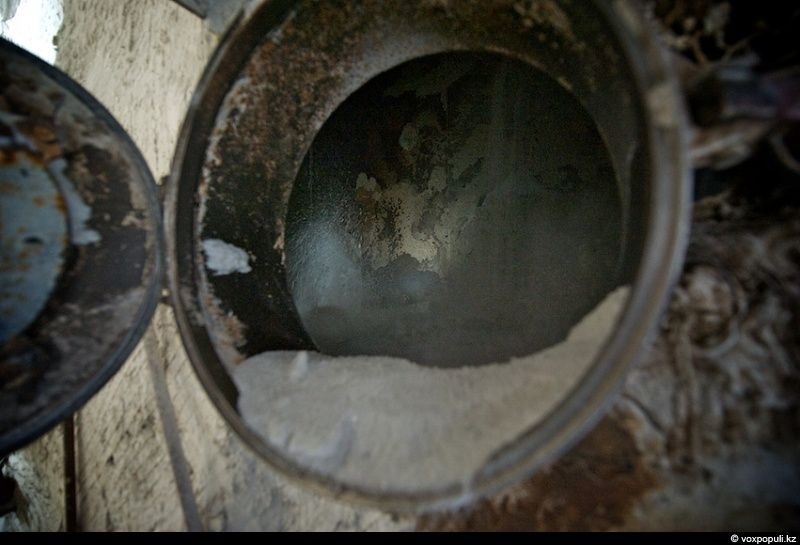
Here, the temperature is about 100-140 ° C.
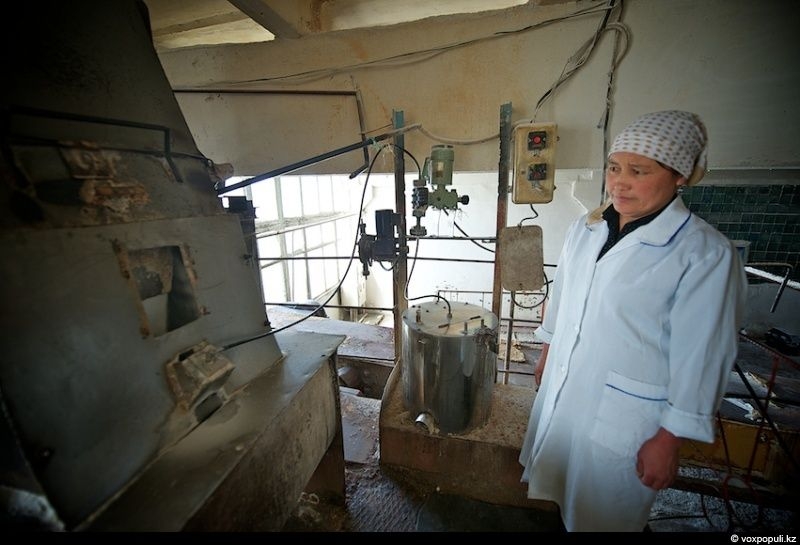
The process of iodization. Some time ago, when there was no special equipment, salt was enriched with minerals and iodine but wasn’t purified, that’s why it had a grayish tint. Now it is white.
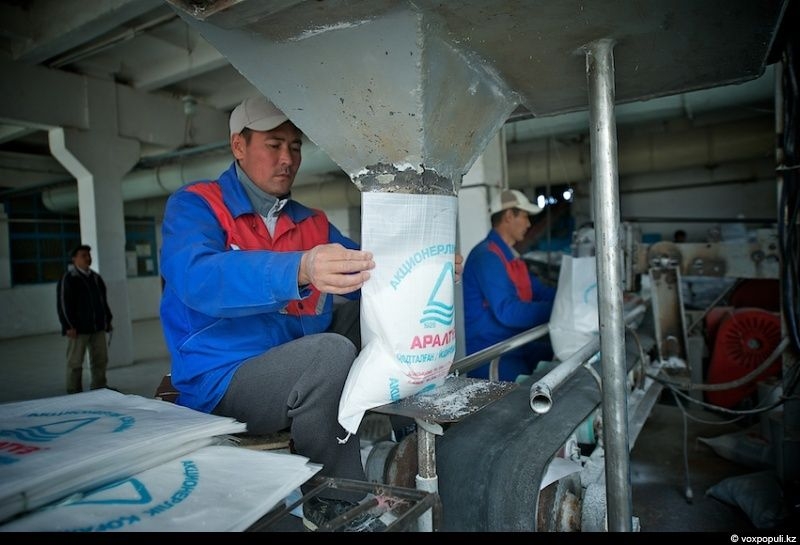
Ready-made salt is put into polypropylene bags of 10, 30 and 50 kg.
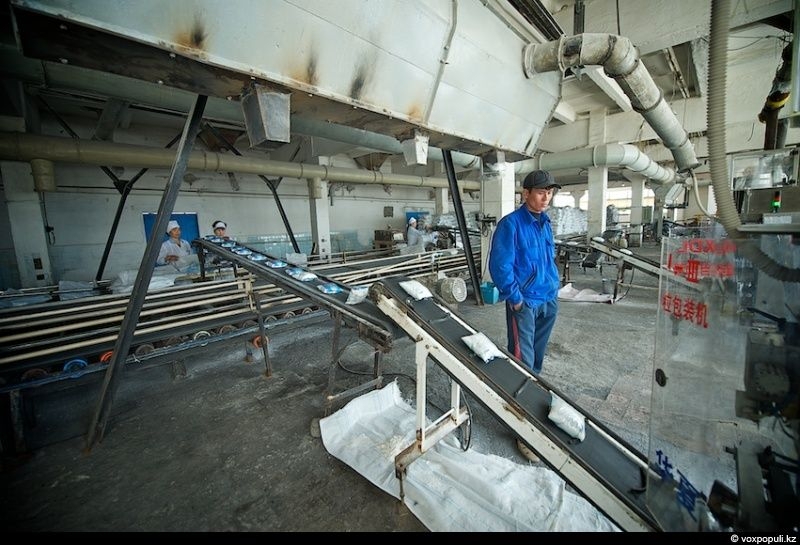
The last stage is packaging.
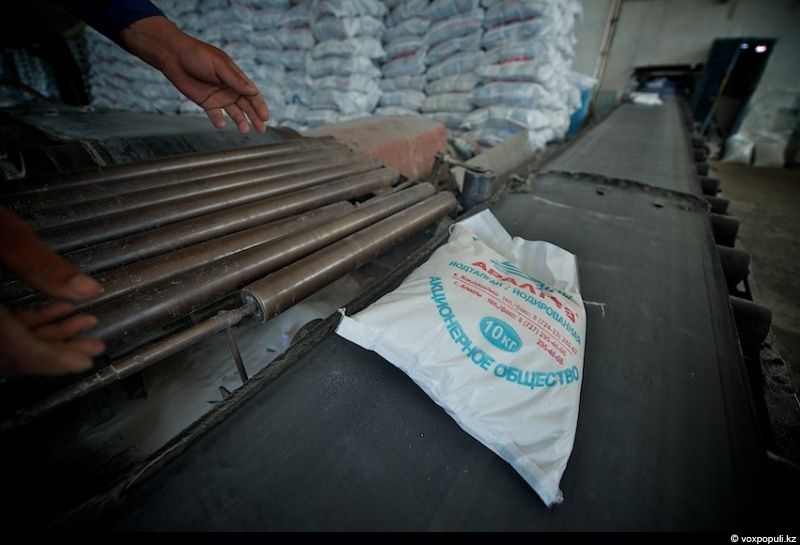
Daily the plant sends 4-5 cars of salt all over Kazakhstan.
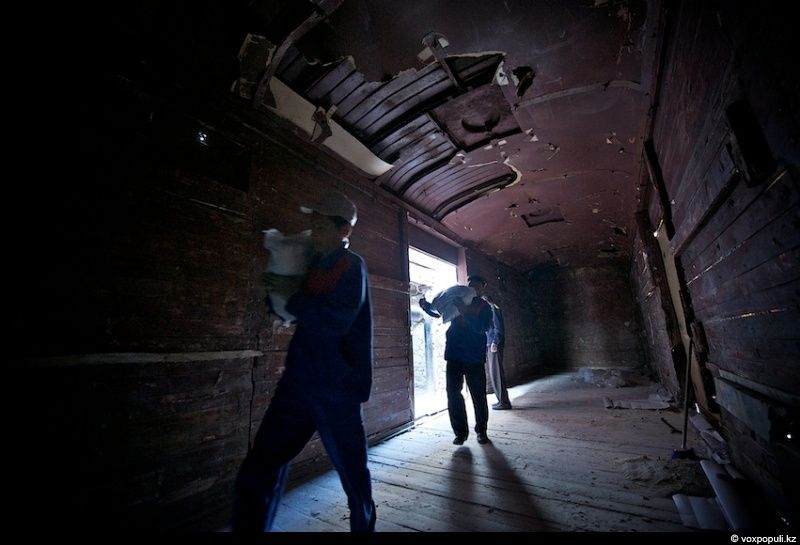
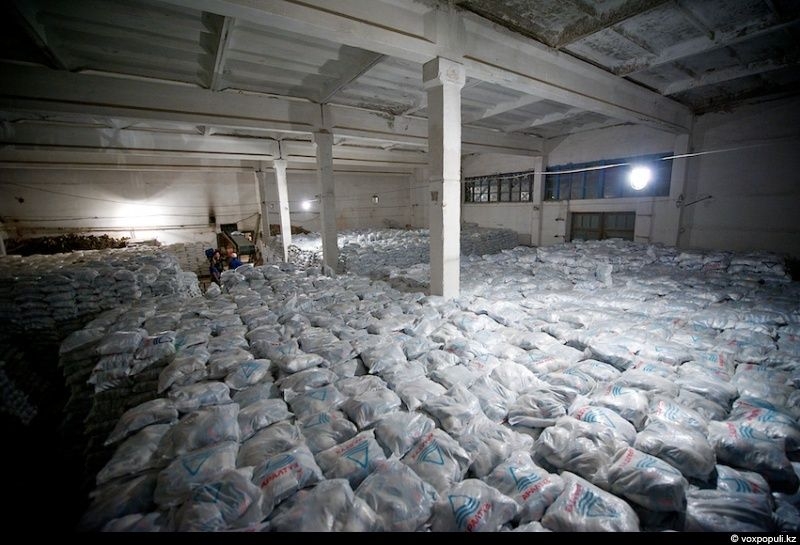
The warehouse of Araltuz accommodates 750 tons.

Several years ago, some people from the south of Kazakhstan tried to fake the products of Araltuz, creating the same packaging and filling it with raw, non-iodized salt. To distinguish a fake, one should pay attention to the marking and date of manufacture.
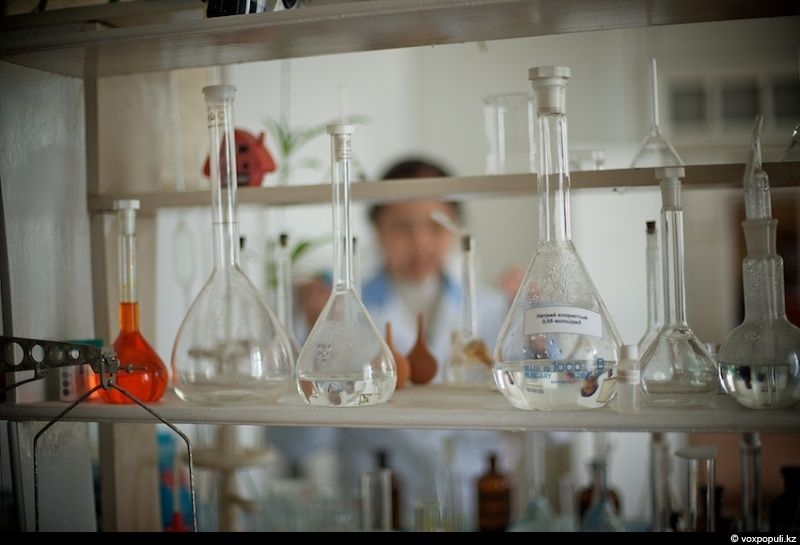
Every two hours the laboratory checks the salt for the contents of minerals and the percentage of iodine.
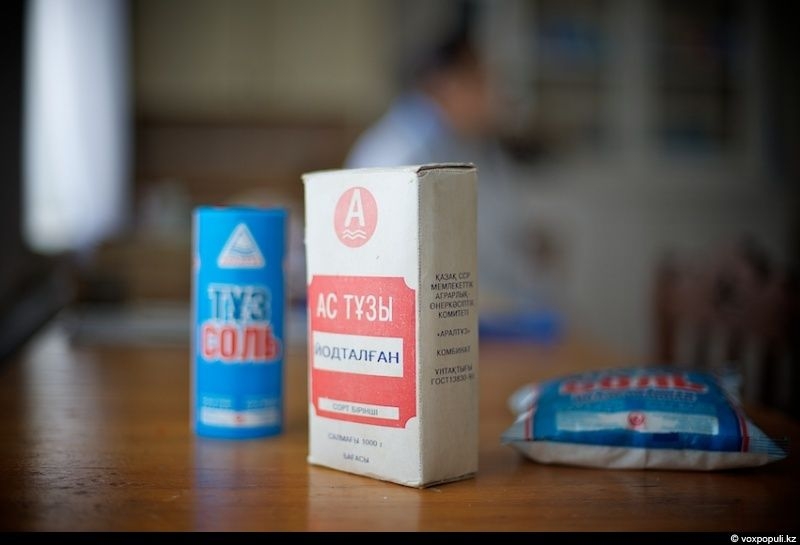
In February of the next year Araltuz launches a Spanish plant which will double production, but at the same time cut the number of employees…
No comments:
Post a Comment